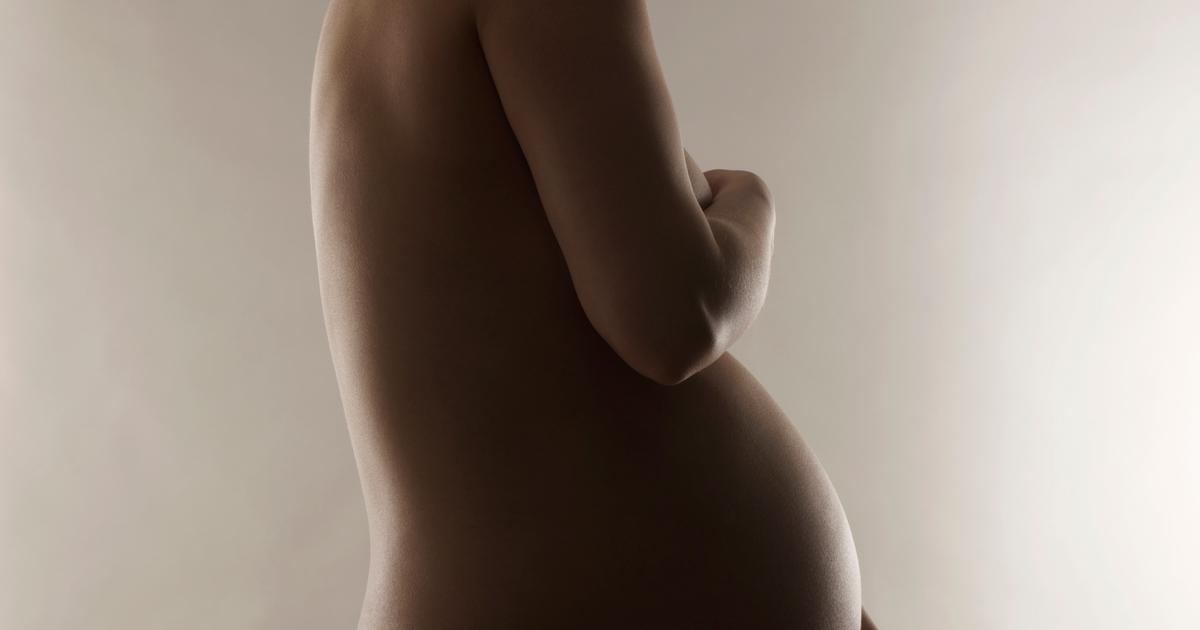During pregnancy, the body goes through many changes.
Some women notice a browning of their nipples.
“There is a hormonal rise which will promote pigmentation in different areas: the nipple but also the face, or even on a line which appears in the middle of the stomach.”
Isabelle Rousseaux, dermatologist, explains that there are hormone-dependent areas, such as the upper lip, where an increase in pigmentation can occur.
“They are also found on the cheeks, and this is called melasma or pregnancy mask.”
To discover
Exclusive visit to Art Paris: reserve your place
Also read: Creams, oils, makeup: everything a pregnant woman needs to know about cosmetics
At the end of pregnancy, this coloring will tend to intensify.
The cause is the melanotropic hormone produced by the placenta.
“At the end of pregnancy, the placenta will secrete what is also called MSH, it is the latter which will promote the release of pigments.”
However, while the phenomenon may be surprising, it is not abnormal and can vary from one woman to another.
“We don't all have the same reaction to hormones.
There is a repercussion at the level of the phototype.
So, if you have phototype 1 or 2 (i.e. light skin), you have less risk of seeing these areas change.
Ephemeral coloring
But how long does this pregnancy-related change last?
Does it disappear immediately after childbirth?
“Effectively, MSH will no longer be produced with the detachment of the placenta.
On the other hand, there will persist a hormonal increase which can make this pigmentation persist.
The latter will slowly fade over the weeks, or after birth or after the end of breastfeeding if it is implemented.
Moisturize to relieve
The Lille-based dermatologist also recommends applying a body moisturizer to the nipple area, as this area can also be more sensitive.
During breastfeeding, more suitable and richer creams will also be valuable allies in relieving this area affected by the baby's sucking.
On the other hand, the vice-president of the National Union of Dermatologists and Venereologists warns pregnant women about the risks due to the sun, which could “accentuate this hyperpigmentation”.
We recommend that women apply a high sun protection factor (50 and above) to their face as soon as they are exposed: it therefore seems essential to have the same reflex with their chest or stomach.
“These are really areas to be protected: if we add UV, this pigmentation can stay longer.”
A precautionary principle that is best applied rigorously so as not to have to deal with these modifications for too long.

